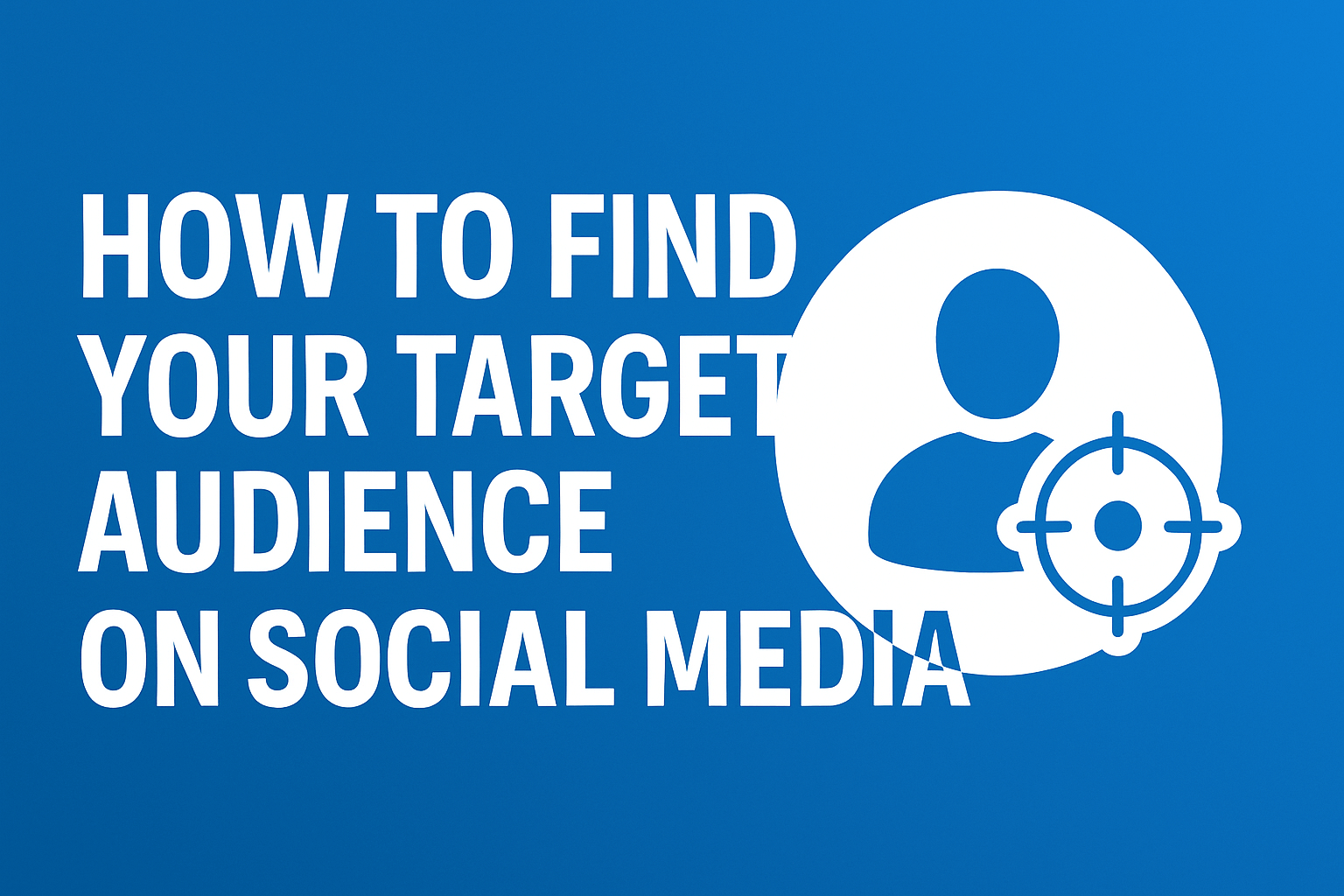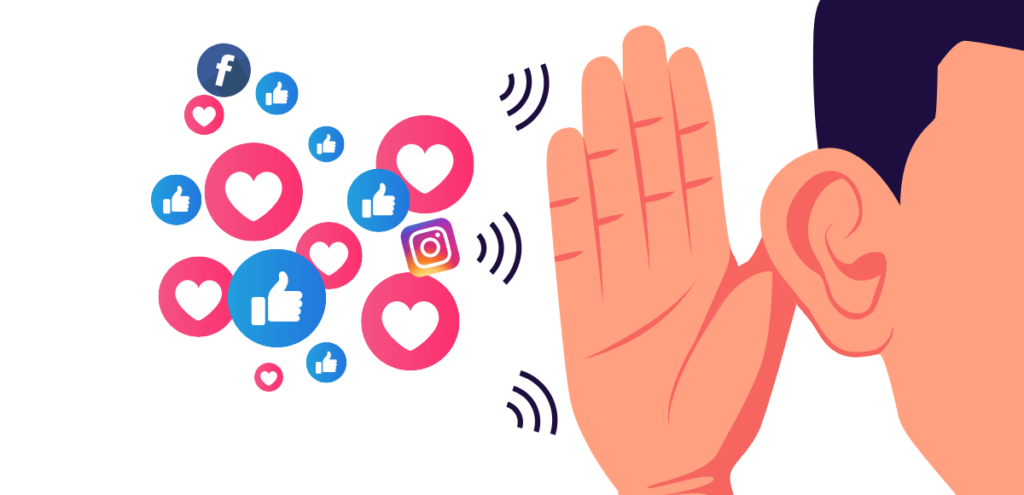
Don’t know how to find your target audience on Social Media?
Well, While you can sell to anyone on social media, it is much more efficient and affordable to focus your efforts on a specific market — that is, to practice social media targeting.
And this guide is all about helping you discover and implement the steps to identify your target market.
But before heading deep into this guide, let’s know the basics so that we are all on the same plane.
Table of Contents
What is Target Audience

Basically, target audience is your potential customers.
Group of people to whom you address your products or services. It can be described by behavioral and demographic attributes, such as:
- Age
- Gender
- Income level
- Education or
- Localization
If you use audience groups, you focus not on random people, but on people who finally have interest in your marketing messages.
Types Of Target Audience
The following are common types of target audience.
1. Everyone
Communications, media, and entertainment with a large budget may target as broad an audience as possible. For example, a beverage company with a high market share may create ads that simply convey a positive feeling that is likely to have broad appeal.
2. Demographics
Demographics such as a film intended to appeal to a particular age group.
3. Locations
Locations such as information about a festival aimed at residents of a neighborhood in Tokyo.
4. Subculture
Subcultures are spontaneously formed groups that identify with a shared experience such as a music scene. In many cases, media and entertainment are targeted at a subculture.
5. Super Cultures
Super cultures are large groups that share elements of culture that span multiple nations such as classical music fans or sailing enthusiasts.
6. Needs
Information that targets a set of needs such as a video channel that helps people with common do-it-yourself home improvement projects.
7. Attitudes & Opinion
Target audiences based on how people feel about a particular topic. For example, a charity may seek communication channels that reach people who are concerned about an environmental problem.
8. Personality
Personality traits such as a movie for people with a certain sense of humor.
9. Lifestyle
A lifestyle is how people spend their time. For example, an audiobook collection that targets people who have a long commute and would like to use the time to improve knowledge and skills.
10. Fans
Communications aimed at fans of a media or entertainment series.
11. Customers
Messages targeting existing customers of a firm. For example, ads for upgrading to a premium version of a service.
12. Target Market
A target market is an identified group of customers for a product or service. It is common for a target market and target audience to be different. For example, a target market could be everyone but advertising messages could be tailored to a particular demographic such as an advertisement for car insurance intended for people over 60.
Steps to Find Target Audience on Social Media
If you want to find your target audience on social media but don’t know exactly how,
Here are the steps that you can follow to figure out your perfect target audience.
1. Leverage Marketing Personas

The key to kickstarting your targeting game plan is to perform social media audience analysis. You can divide this activity into two parts,
The first one is about creating a social media persona based on an existing buyer persona.
You can use current data from your marketing, sales and support teams to update your social media target market persona. Look into demographic details like age, gender, education and income. Include their pain points and priorities.
If you have access to your customer list, make sure to analyze that too. It would be productive to include details like spending power.
Incorporate what you glean from persona marketing, but don’t decide if it’s a Facebook persona, a Twitter persona or the like, yet.
2. Tap Into Social Media Audience Tools

The second part of your social media analysis involves insight-gathering tools like Google Analytics and native services such as the Facebook or Instagram target audience insights tool.
Through Google Analytics, you can explore the preferred social platforms of existing customers and the kind of information they look for in those, e.g., product demo or benefits.
As for native platform tools, you can plug the data from the first step and create lookalike audiences. This tactic is handy in defining, say, your Facebook ads target audience.
3. Conduct Polls to Complement Persona Marketing Data

By now, you probably have built a picture in your head of what your social media target audience looks like.
But wait, conducting social media audience analysis doesn’t end with big data. You can also directly ask current customers about their thoughts and sentiments through surveys and polls.
One effective tactic would be embedding the survey in an email marketing campaign. In sending your email, aim to collect information about what type of content they seek on social media and which platforms they frequently use for this purpose.
One the results are in, they should help you determine actual needs, gaps and the best social media platforms for business growth.
4. Employ Social Listening

Now, it’s time to further your transition from theoretical to practical by spending time on social media. Here, you can be specific (how to find your target audience on Facebook) vs general (how to find your target audience on social media). To have a richer target social media persona, listen to what your type of audience is talking about.
Additionally, make sure to understand the nuances of each social network. For instance, social listening focused on a Twitter target audience involves brand conversations around hashtags and trending topics. On the other hand, insights into a YouTube target audience can be gleaned from comments, likes and subscriptions. If you’re open to partnering with a social media marketing company, find one that can help you navigate through the nuances of your target platforms.
5. Research the Competition

Check out what your competitors are doing across social platforms. Can you identify their buyer persona or social media target audience? What content types are they using, and what is working for them?
This method is called competitor research, and it lets you perform a social media comparison and is designed to provide you with insight or inspiration. It gives you time and space to learn when and why your rivals are doing well in engaging with their social media target market. And it essentially allows you to find additional ideas for your strategy.
The steps to identify your target market are dynamic, so you can do most of the tactics for social media audience analysis in order or according to need. But a social media marketing expert would tell you the process never peaks. You have to go back to the steps a few times throughout the year to keep your marketing personas, as well as strategy, up-to-date.
Such an approach leads to sustainability and longevity, which is great to apply by yourself if you have adequate resources. Otherwise, it’s better to take steps to identify your target market with a social media marketing company.
Final Thoughts – Target Audience on Social Media
These days being viral on social media is not a big deal but if you are a entrepreneur, you should focus more on money generating tasks like finding leads.
And it is only possible if you find your target audience on social media so that you direct all your efforts in the right direction pitching the right audience.
her nurture those leads with your emails and convert them later on into paying clients.